I was reading up on java performance tuning and ran into this.
When we run
public class test {
public static void main(String a[]){
for(int i=0;i<1000000;i++){
for(int j=0;j<100000;j++){
Double d = new Double(1.0);
}
}
}
}
JVisualVM shows a flat for memory consumption graph:

But when we run the below code,
public class test {
public static void main(String a[]){
for(int i=0;i<1000000;i++){
for(int j=0;j<100000;j++){
}
}
}
}
JVisualVM renders a sawtooth:

Why is this happening? How and why gc triggering limit is changed for both the cases?